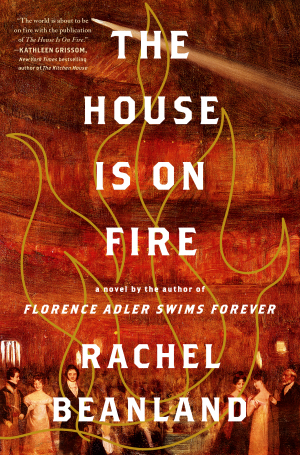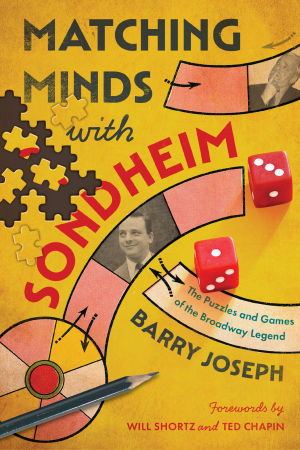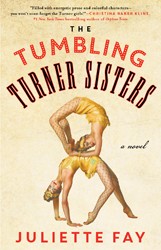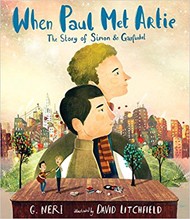In Shakespeare’s plays, the Bible, and other timeless works of literature, the confusion of two identities often plays a central role. Characters in these stories may be twins, siblings, or even individuals who collude in a deception in order to achieve a goal. Anna E. Jordan has put a new twist on this trick in her middle-grade novel about Shira and Esther, two girls with an emotional connection and contrasting dreams. Jordan’s inventive plot incorporates a range of elements from Jewish culture with realism and humor.
Shira Epstein is motherless and about to become a bat mitzvah. She is the daughter of the rabbi and struggles with the expectations he has placed on her to embody the values of Torah. Her inner core calls out for the stage, not the study hall.
Esther Rosenbaum has never known her father. She’s grown up with an actress mother known as “Red Hot Fanny,” who is dedicated to performance, not religious practice. In fact, this fiery star of vaudeville and Yiddish theater wryly suggests that if God directs the world, the result has been “bad casting all around.” Esther is drawn to Judaism and searches for the spiritual connections that are alien to Fanny. Esther’s frustrated realization about the dissonance between her mother’s dreams and her own applies to Shira’s distance from her father’s worldview, too. When the opportunity to audition for a television variety contest comes to town, Esther and Shira confront conflicting choices.
Set in Idylldale, a place that combines urban and small-town qualities, Shira and Esther’s story provides a panorama of Jewish American life. Idylldale, as the town’s name implies, is heimish and familiar, populated by characters who are rooted in Jewish life. The loving if overbearing mother, the boy who is a sweetly comic sidekick, the wise elderly woman, and the pious father are all members of the cast. Each has their own unique traits, and each needs to find the right moment to fulfill their destiny. References to telegrams, newsboys hawking papers, and Brownie cameras invoke the early twentieth century, yet Shira’s upcoming bat mitzvah ceremony includes the much more recent practice of girls reading Torah.
There are no bad Jews in this book. Shira’s father references the Yiddish proverb that holds that God created “a world with many little worlds,” supporting the idea that all Jews have their own legitimate ways of expressing their Yiddishkeit — that conformity is not an ideal. Speaking of Yiddish, there is plenty of the mameloshen in this book. Rather than the typical sprinkling of “oy veys” and “schleps” that authors often use to signal the language, Jordan has done her research, incorporating carefully integrated Yiddish words and phrases that give depth to the narrative.
While the confusion of characters’ identities is not a new premise in children’s fiction, Jordan has reimagined its Jewish possibilities in this tale of children and parents divided by their visions of the future — but united by love.
Emily Schneider writes about literature, feminism, and culture for Tablet, The Forward, The Horn Book, and other publications, and writes about children’s books on her blog. She has a Ph.D. in Romance Languages and Literatures.





